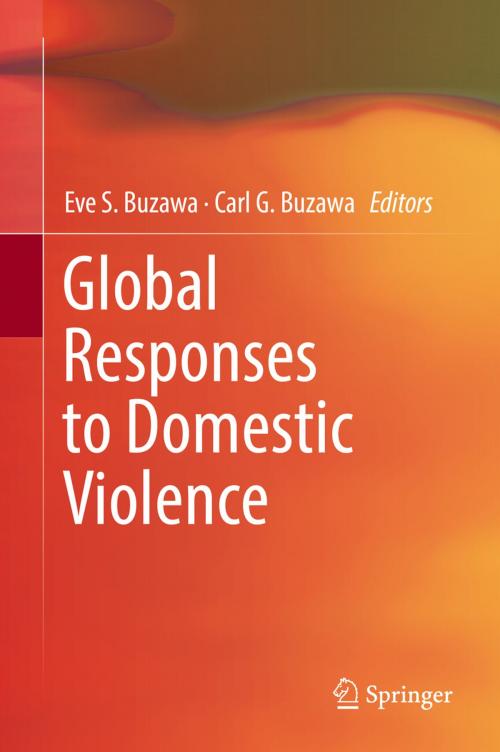Global Responses to Domestic Violence
Nonfiction, Social & Cultural Studies, Social Science, Crimes & Criminals, Criminology| Author: | ISBN: | 9783319567211 | |
| Publisher: | Springer International Publishing | Publication: | June 19, 2017 |
| Imprint: | Springer | Language: | English |
| Author: | |
| ISBN: | 9783319567211 |
| Publisher: | Springer International Publishing |
| Publication: | June 19, 2017 |
| Imprint: | Springer |
| Language: | English |
This volume addresses the varied response to domestic violence in a comparative, international context. The chapters are laid out in a consistent format, to cover: the nature of the domestic violence problem, theoretical explanations, the criminal justice response, as well as health care and social service interventions in each country. The intent of the book is to provide an introduction to the attitudes and responses to domestic violence in various regions, to provide meaningful comparisons and share information on best practices for different populations and regions.
There are considerable variations to domestic violence approaches across cultures and regions. In some places, it is considered a “private” or “family” matter, which can help it perpetuate. At the same time, the United States’ approach to domestic violence has been criticized by some as being too focused on the criminal justice system, rather than other types of interventions which aim to keep families intact.
This comprehensive work aims to highlight innovative approaches from several regions, important cultural sensitivities and concerns, and provide analysis to identify the strengths and weakness of various approaches. This work will be of interest to researchers in criminology and criminal justice, as well as related fields who deal with domestic violence and violence against women, including sociology and social work, and international justice. Practitioners and policymakers will also find it informative.
This volume addresses the varied response to domestic violence in a comparative, international context. The chapters are laid out in a consistent format, to cover: the nature of the domestic violence problem, theoretical explanations, the criminal justice response, as well as health care and social service interventions in each country. The intent of the book is to provide an introduction to the attitudes and responses to domestic violence in various regions, to provide meaningful comparisons and share information on best practices for different populations and regions.
There are considerable variations to domestic violence approaches across cultures and regions. In some places, it is considered a “private” or “family” matter, which can help it perpetuate. At the same time, the United States’ approach to domestic violence has been criticized by some as being too focused on the criminal justice system, rather than other types of interventions which aim to keep families intact.
This comprehensive work aims to highlight innovative approaches from several regions, important cultural sensitivities and concerns, and provide analysis to identify the strengths and weakness of various approaches. This work will be of interest to researchers in criminology and criminal justice, as well as related fields who deal with domestic violence and violence against women, including sociology and social work, and international justice. Practitioners and policymakers will also find it informative.















